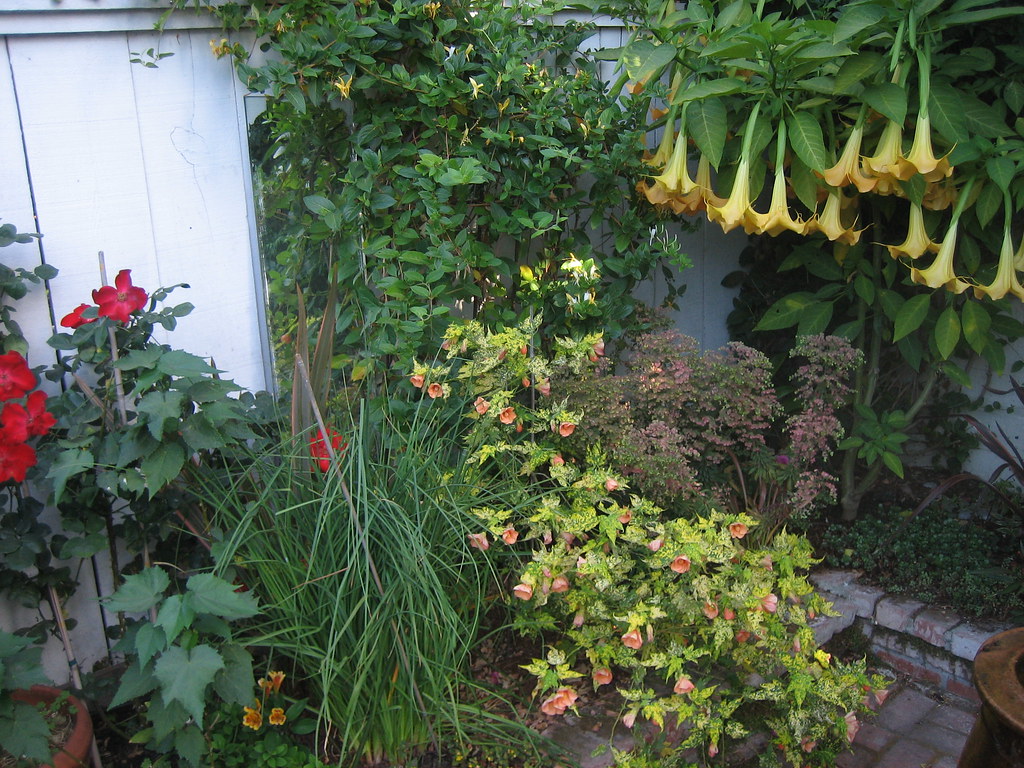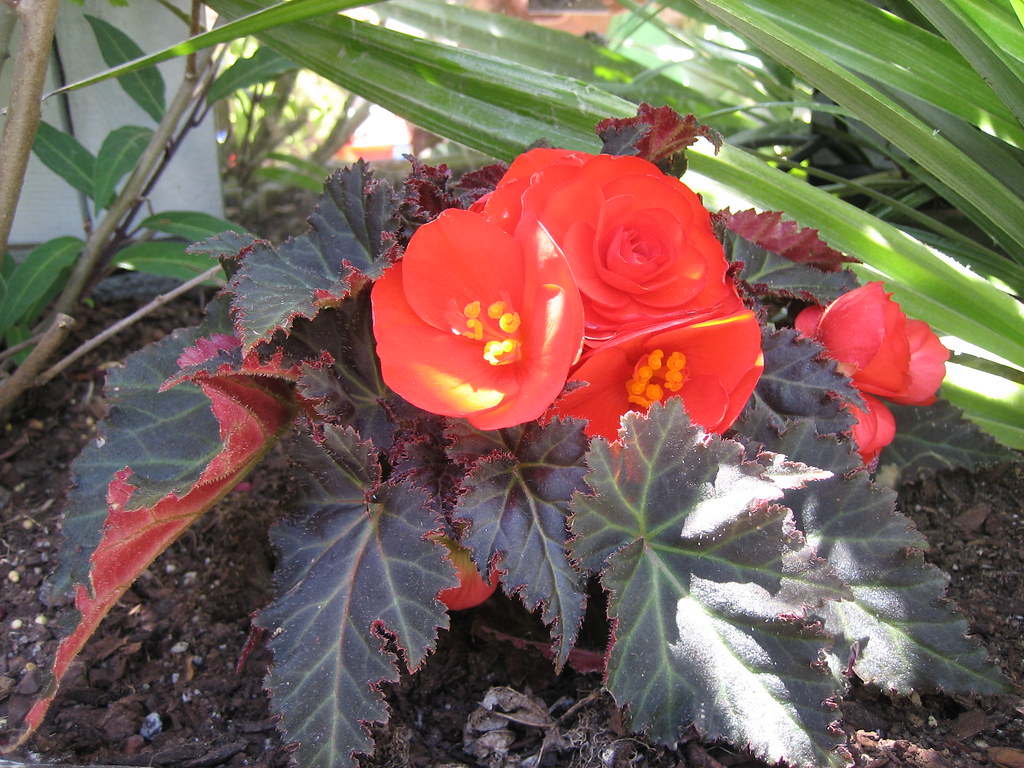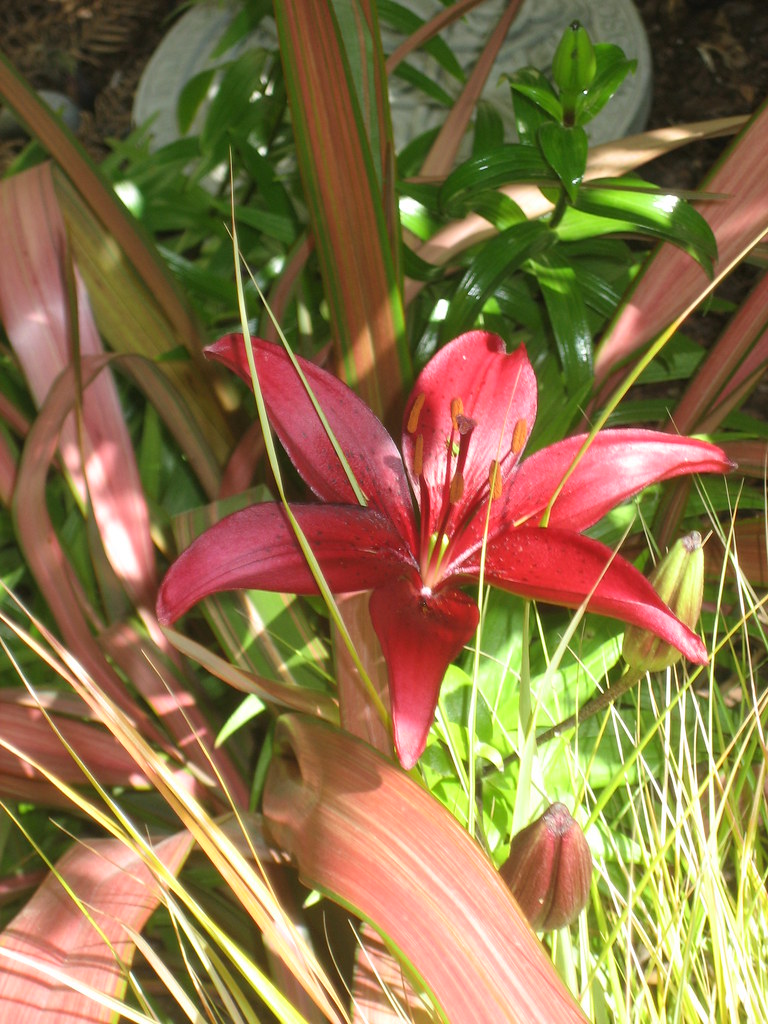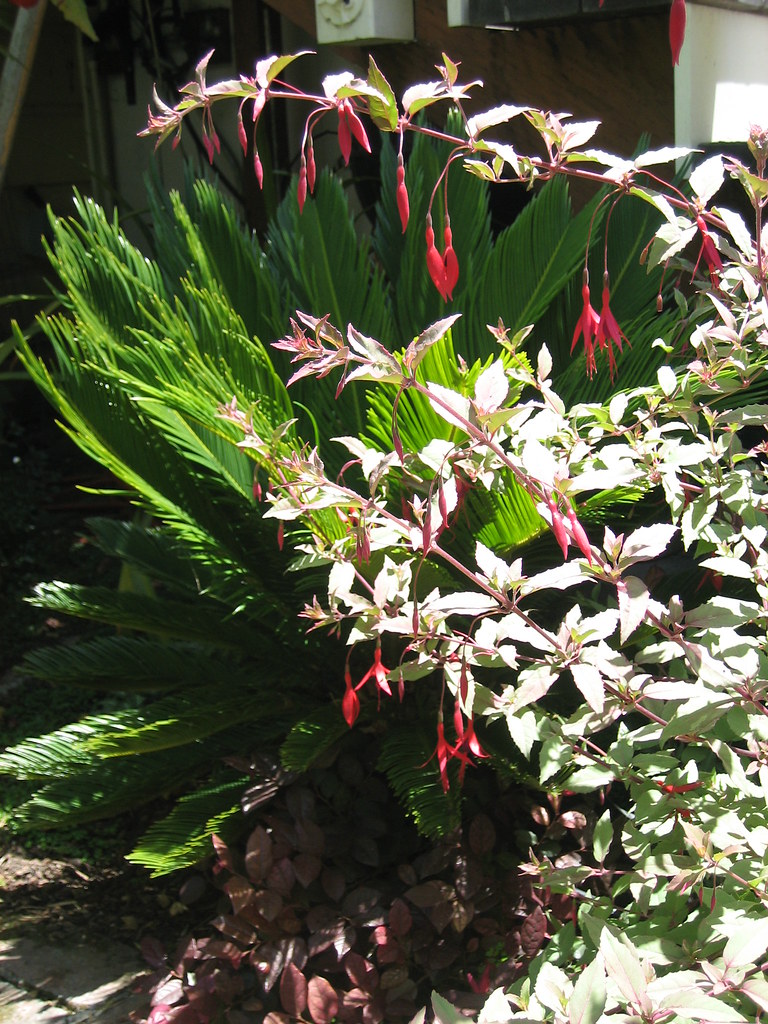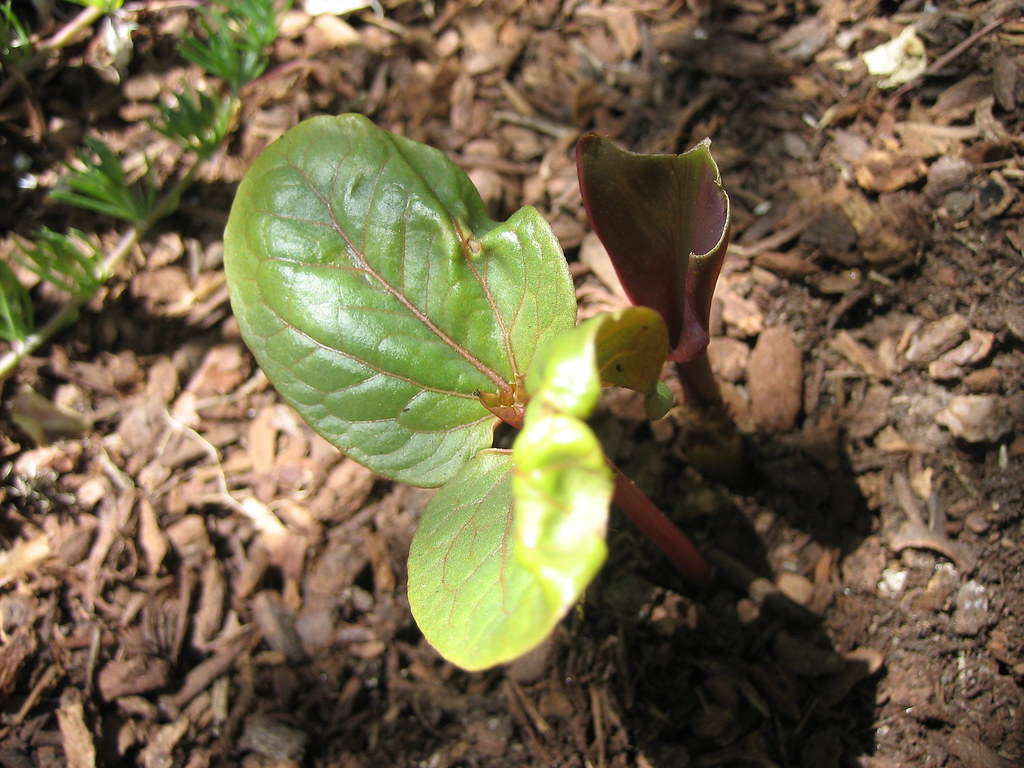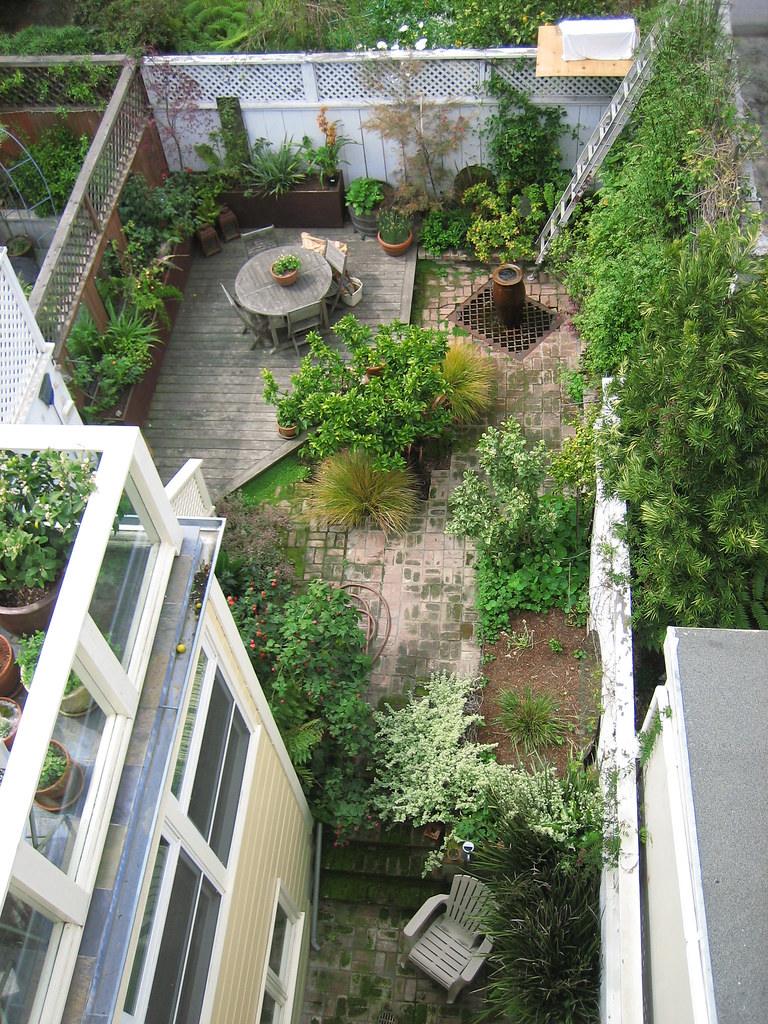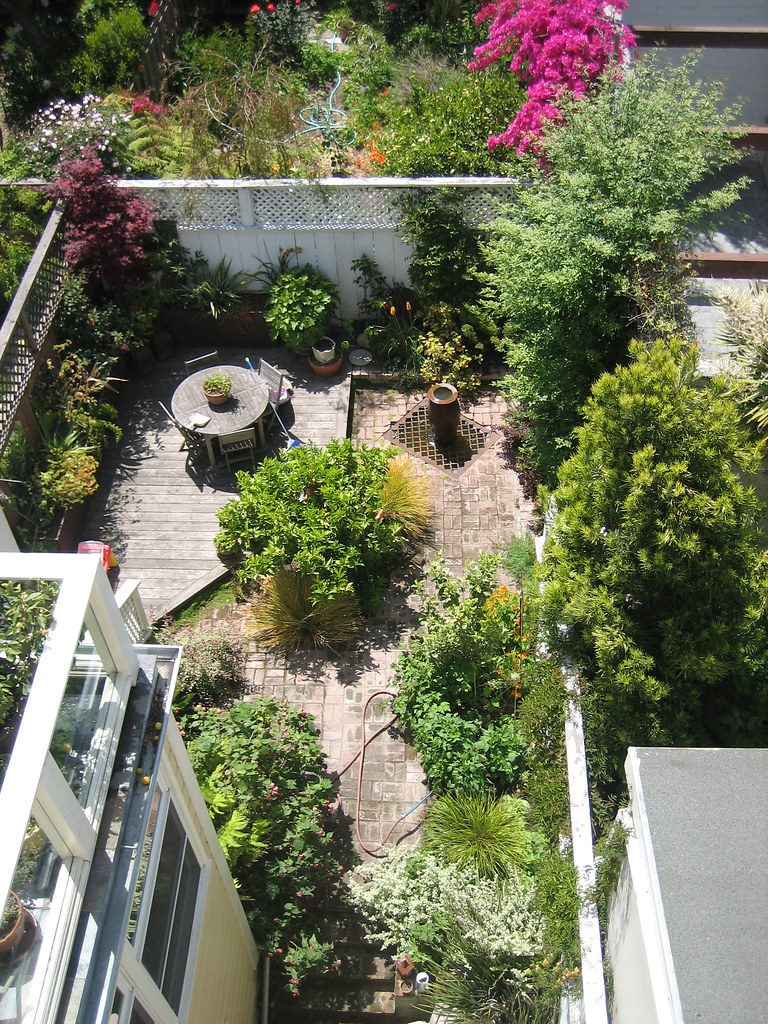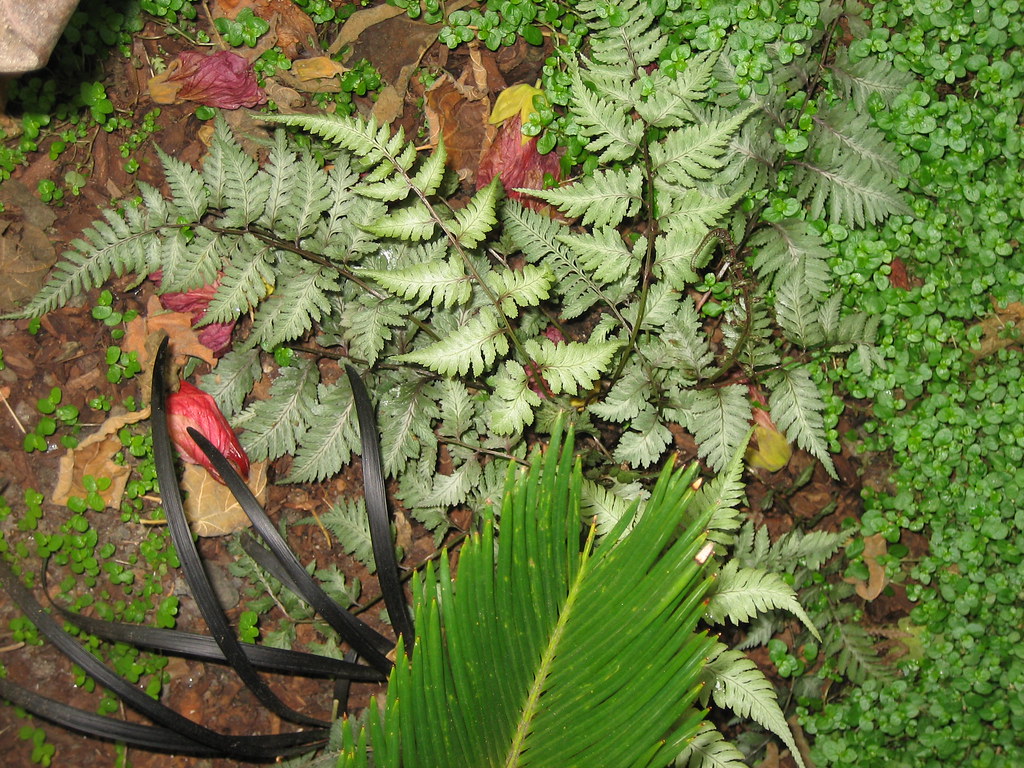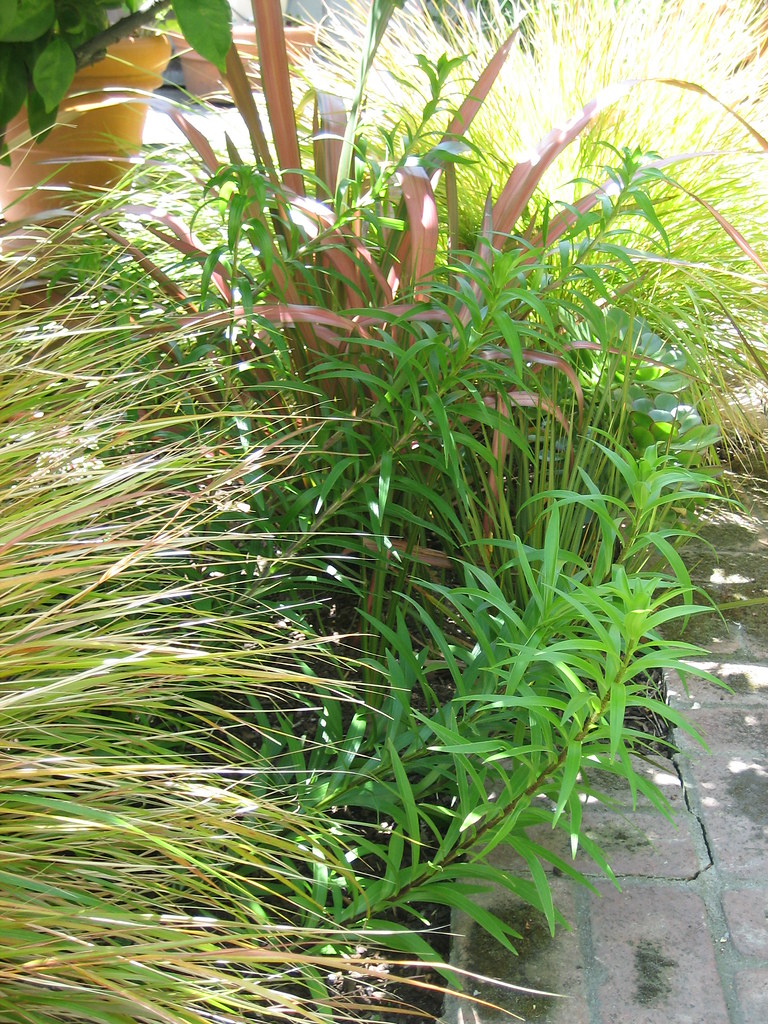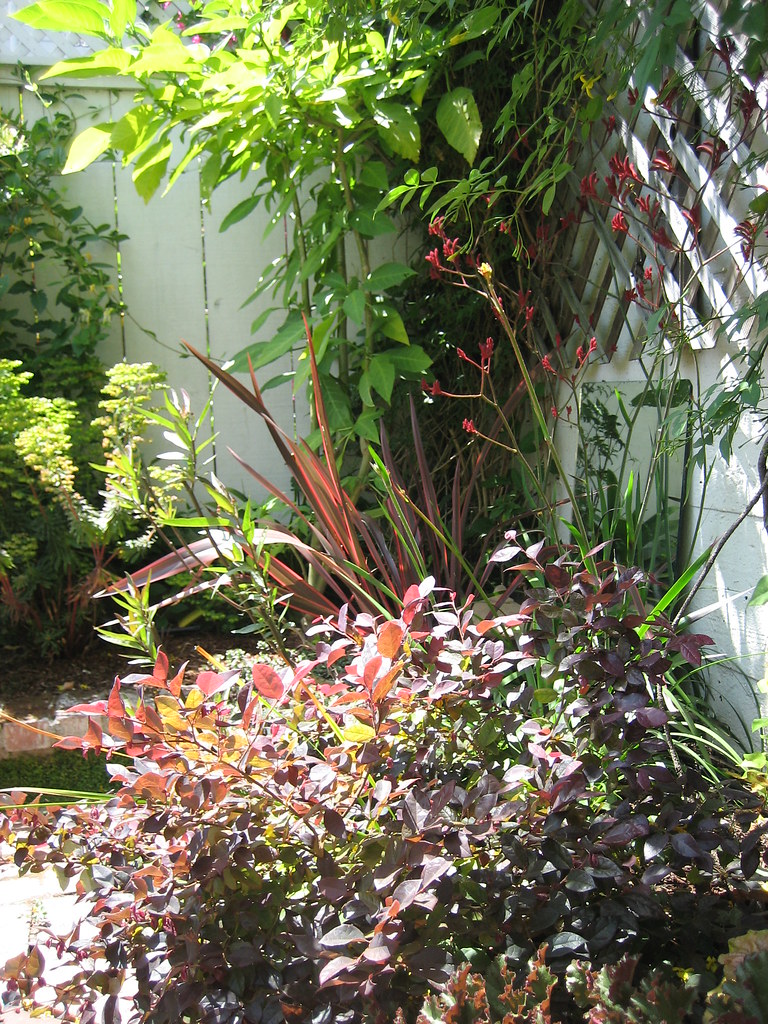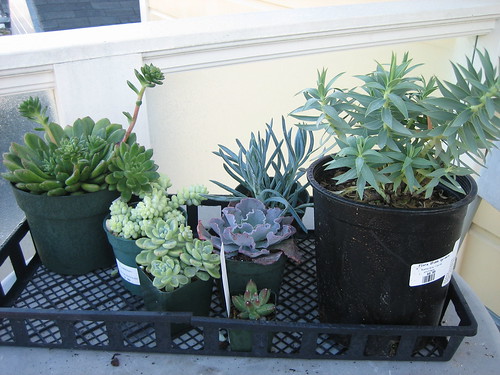 I just have to note that despite the often too consitent look of my garden, there are changes afoot worth noting. Of course I don't get an autumn like those of my youth back East, but here are three notable plants with painted folliage worth viewing that mark the change of seasons to a degree.
I just have to note that despite the often too consitent look of my garden, there are changes afoot worth noting. Of course I don't get an autumn like those of my youth back East, but here are three notable plants with painted folliage worth viewing that mark the change of seasons to a degree.
 Of course the endless string of 70 degree days makes you sometimes forget that it is mid-November, but the raking and deep afternoon shadows quickly remind us that the days are really very short and there isn't much sun reaching down into my magic garden this time of year.
Of course the endless string of 70 degree days makes you sometimes forget that it is mid-November, but the raking and deep afternoon shadows quickly remind us that the days are really very short and there isn't much sun reaching down into my magic garden this time of year.
Another note, the neighbors 'peppermint tree' a type of Eucalyptus, has grown another 3 feet over the past few months and now provides a nice screen between the gardens, and more privacy for both families. It's shocking how fast it's grown. It's also a treat to watch it dance in the wind. The branches sway back and forth in the breeze like arms.
I love it now. Let's hope it doesn't get too dense in the future and cast a hard shadow where now it is soft and dappled.

